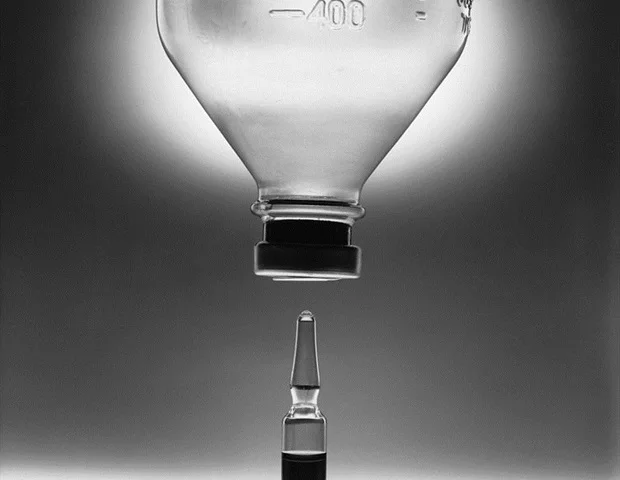
With the advent of new therapies, cancer patients are surviving longer than ever before - but the incidence of side-effect chemotherapy-induced cardiomyopathy (CHIC), or weakness of the heart muscle, is increasing. Research published in JAMA has shown that treating CHIC with commercially available cardiac resynchronization therapy (CRT) delivered through a surgically implanted defibrillator or pacemaker can significantly improve patient outcomes.
Chemotherapies are systemic toxins. Patients take them to kill the cancer cells but they can also affect different organs and tissues in the body."Anthracyclines and other drugs used to treat breast cancer and lymphomas are particularly likely to have a negative effect on the heart muscle and result in reduced heart function in approximately 9 percent of patients treated with them. Sometimes, along with the negative effect on the heart muscle, the chemotherapy may also impact the electrical system in the heart, resulting in an abnormal contraction pattern. When contractions in the heart's right and left sides aren't synchronized, said Singh, "the heart begins to progressively fail because it becomes less and less efficient."
Jagmeet P. Singh, MD, DPhil, lead author and associate chief of cardiology at Massachusetts General Hospital (MGH)
While using cardiac resynchronization therapy is "pretty standard therapy for conventional patients with reduced heart function and abnormal electrical activation within the heart," according to Singh, to his knowledge their use in former cancer patients has never before been evaluated in a systematic way.
"It's an orphaned cohort of patients. Nobody knows who they 'belong' to - oncologists, cardiologists, internists?" Added to that, he said, CHIC is associated with decreased quality of life and poor clinical outcomes and is rarely treated aggressively. "There may be some unconscious physician bias because the prognosis isn't good to start with," he added.
The study was small but complex, coordinating with 12 cardio-oncology programs across the United States to enroll 30 patients between 2014 and 2018. Four of the patients had CRT pacemakers and 26 had CRT defibrillators implanted, and six months after surgery, the devices were found to increase left ventricular ejection fraction - a measure of blood flow from the heart - by a mean of 11 percentage points, a difference that is statistically significant and clinically meaningful.
"This study shows that there is hope for cancer survivors with heart failure and they can actually do quite well if they are candidates for this therapy," said Singh. "This is important for physicians to recognize. Many of these patients are slipping through the cracks."
Massachusetts General Hospital.
Journal reference:
Singh, J.P., et al. (2019) Association of Cardiac Resynchronization Therapy With Change in Left Ventricular Ejection Fraction in Patients With Chemotherapy-Induced Cardiomyopathy. JAMA. doi.org/10.1001/jama.2019.16658.






No comments
Post a Comment